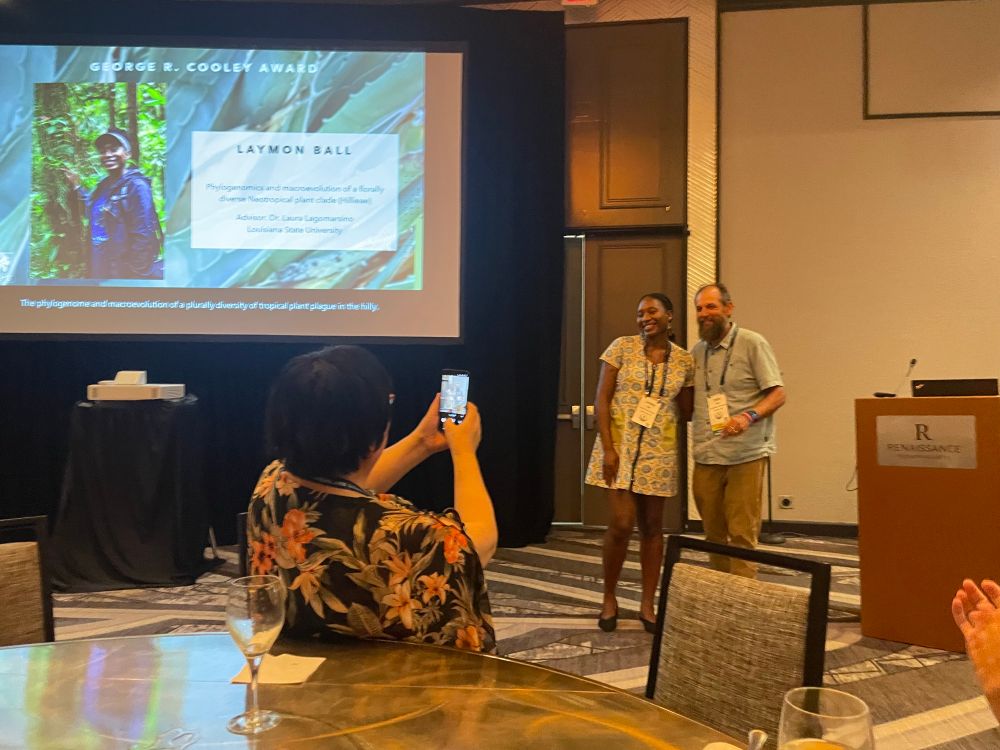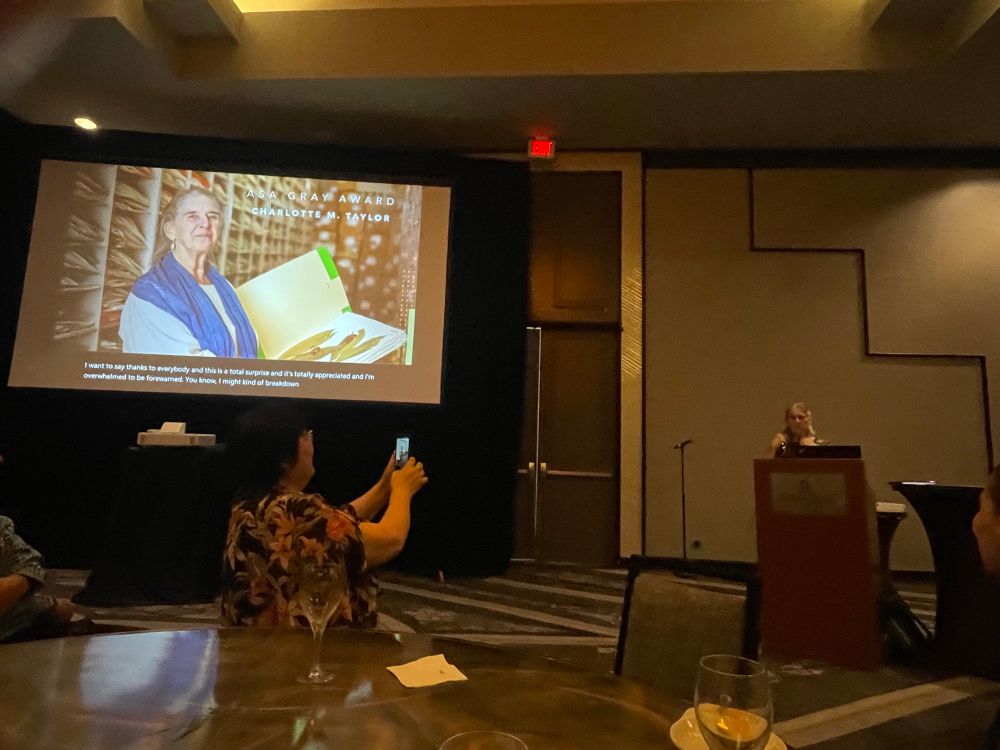Patrick McKenzie
@patrickmckenzie.bsky.social
1.4K followers
510 following
140 posts
Postdoc in Harvard OEB -- Hopkins lab. systematics, speciation, hybridization in flowering plants. Natural history via community science. Previously Eaton lab at Columbia. Birder, Arkansan, he/him
Posts
Media
Videos
Starter Packs
Pinned
Reposted by Patrick McKenzie
Reposted by Patrick McKenzie
Reposted by Patrick McKenzie
Reposted by Patrick McKenzie
Reposted by Patrick McKenzie
Casey Dunn
@caseywdunn.bsky.social
· Aug 28
Reposted by Patrick McKenzie
Seema Sheth
@seemasheth.bsky.social
· Aug 22

Responses to climate change – insights and limitations from herbaceous plant model species
Herbaceous plant species have been the focus of extensive, long-term research into climate change responses, but there has been little effort to synthesize results and predicted outlooks. This primer....
nph.onlinelibrary.wiley.com
Reposted by Patrick McKenzie
Reposted by Patrick McKenzie
River B Abedon
@rbabedon.bsky.social
· Aug 19

From surfacing to stranding: The origins and dispersal dynamics of a neustonic siphonophore
The siphonophore Physalia physalis regularly strands along the US East Coast, yet the dynamics driving its seasonal and geographic distribution in this region remain poorly understood. Building on a n...
www.biorxiv.org
Reposted by Patrick McKenzie
Reposted by Patrick McKenzie
Reposted by Patrick McKenzie











